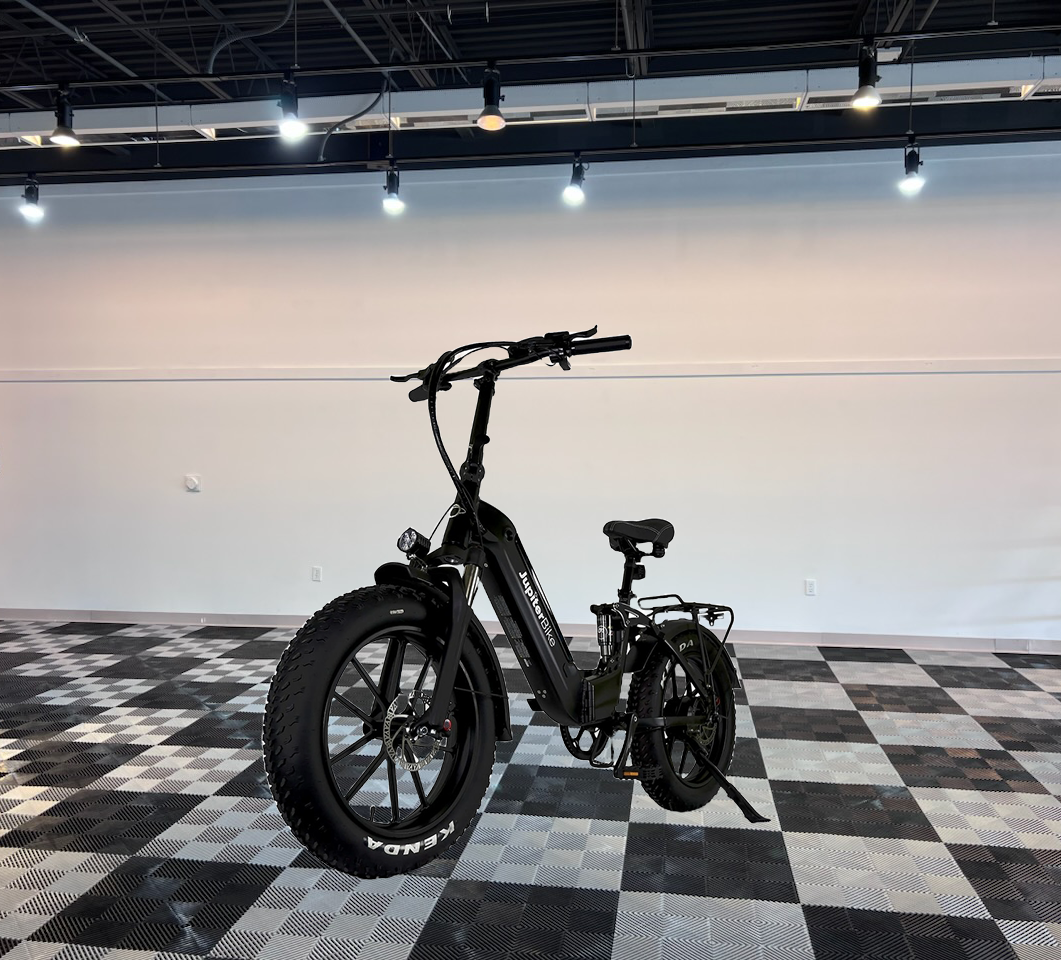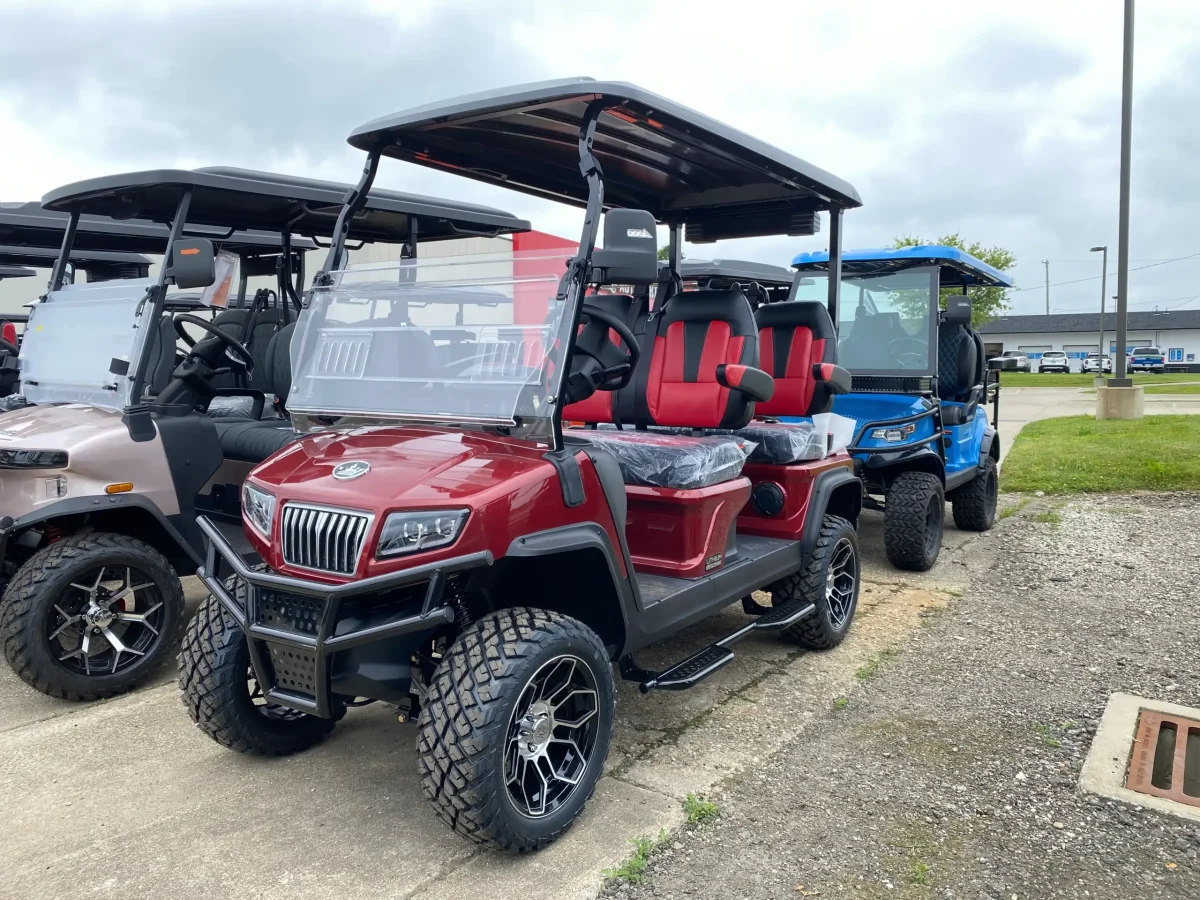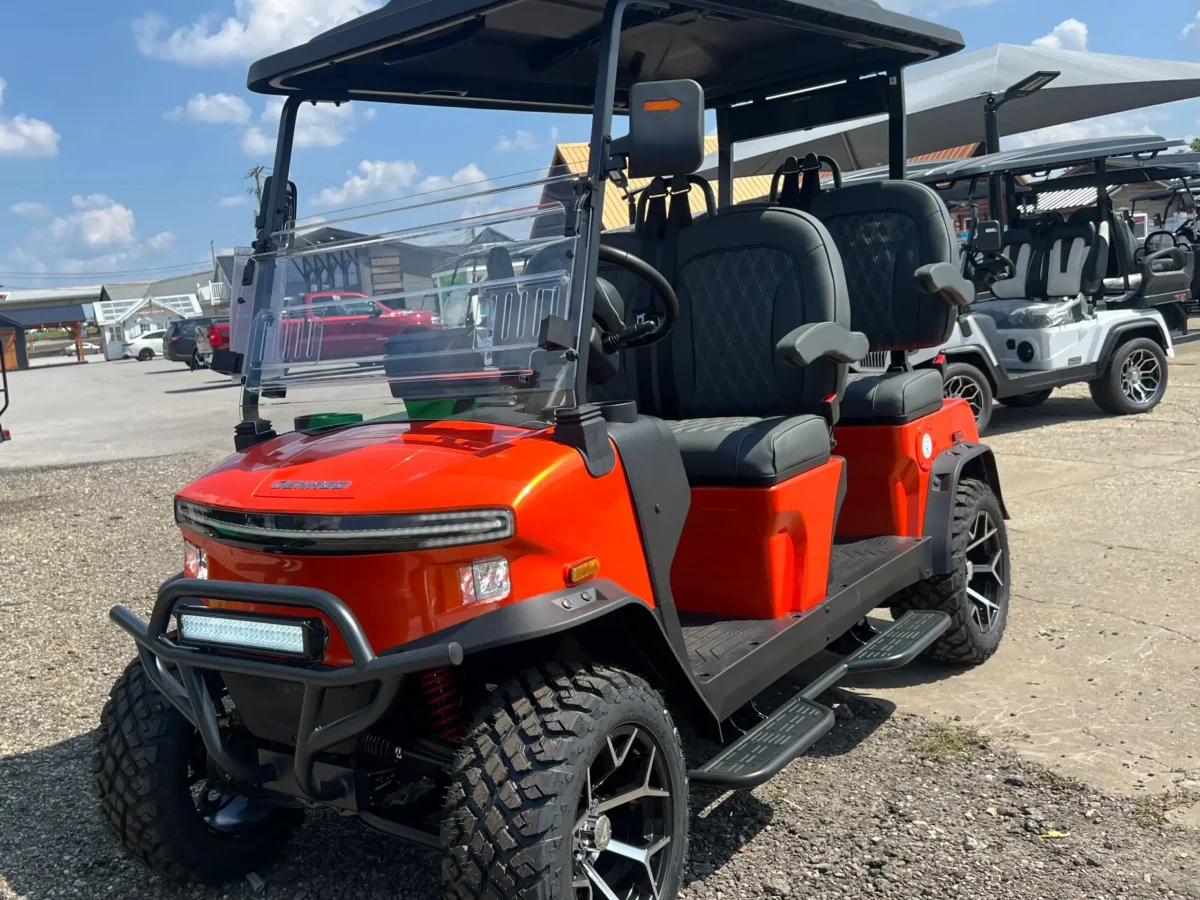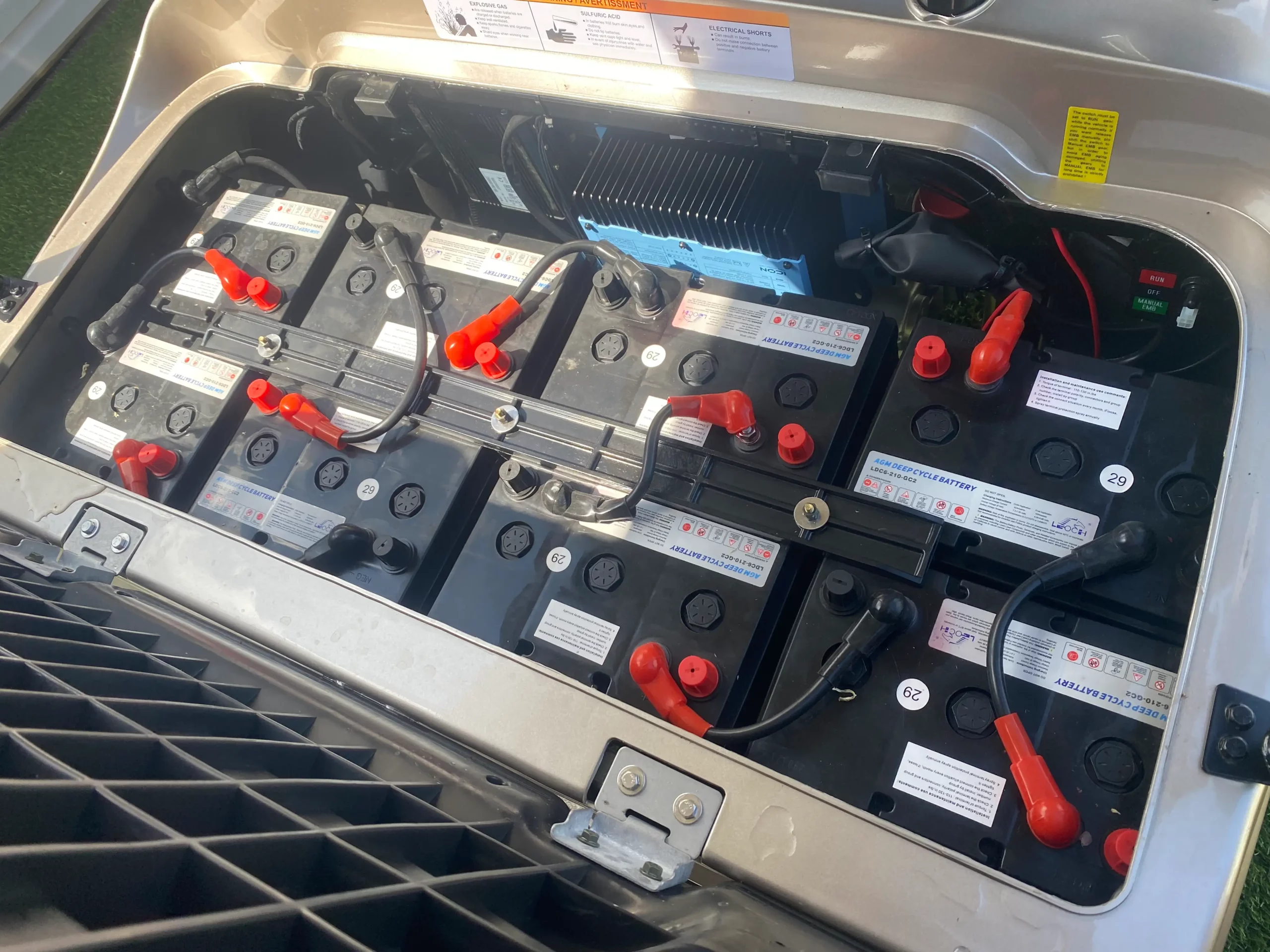As electric bikes grow in popularity, one of the most common questions new riders ask is whether they can handle wet conditions. After all, weather doesn’t always cooperate, and commuting or recreational riding doesn’t stop just because a few raindrops fall. So, can an e-bike get wet, and if so, how much moisture is too much?
The short answer is yes—e-bikes are built to handle rain and damp environments. That said, water resistance isn’t the same as waterproofing. Knowing the difference, and understanding how water interacts with an e-bike’s components, can save you from unexpected repairs and help you ride with more confidence, rain or shine.
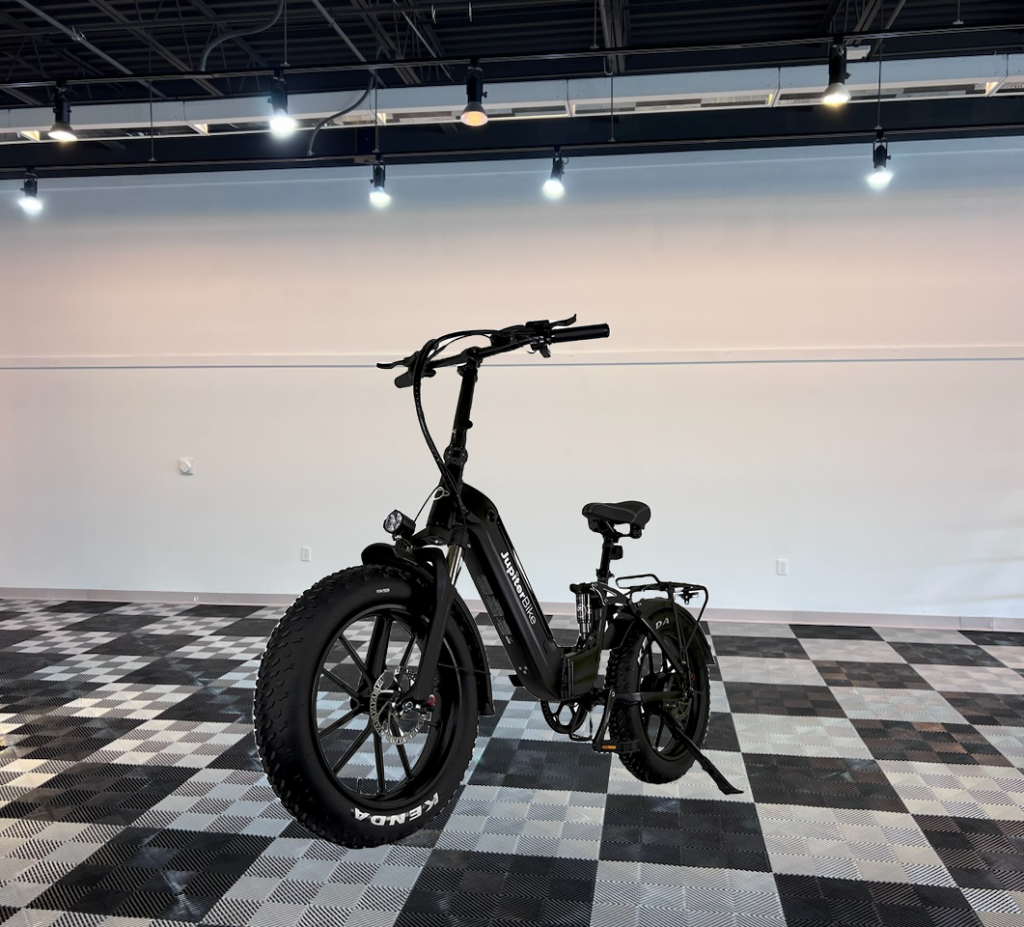
How E-Bikes Are Engineered to Handle Water
E-bikes feature electrical systems, including batteries, motors, and controllers. To protect these sensitive parts, manufacturers use seals and casings that resist moisture. While these components are not completely waterproof, they are designed to handle ordinary wet conditions like light rain, road splashes, and brief exposure to puddles.
Many e-bike makers use Ingress Protection (IP) ratings to indicate how well a component resists dust and water. For example, an IP65 rating means the part is dust-tight and can resist water sprayed from any angle. You can think of it as “rainproof” rather than “submersible.”
This level of protection works well for riders who may get caught in the rain or who cross wet areas. It does not mean you can safely ride through deep water, leave your bike out during storms, or wash it with high-pressure hoses. Those activities can push water past the protective seals and into the electronics.
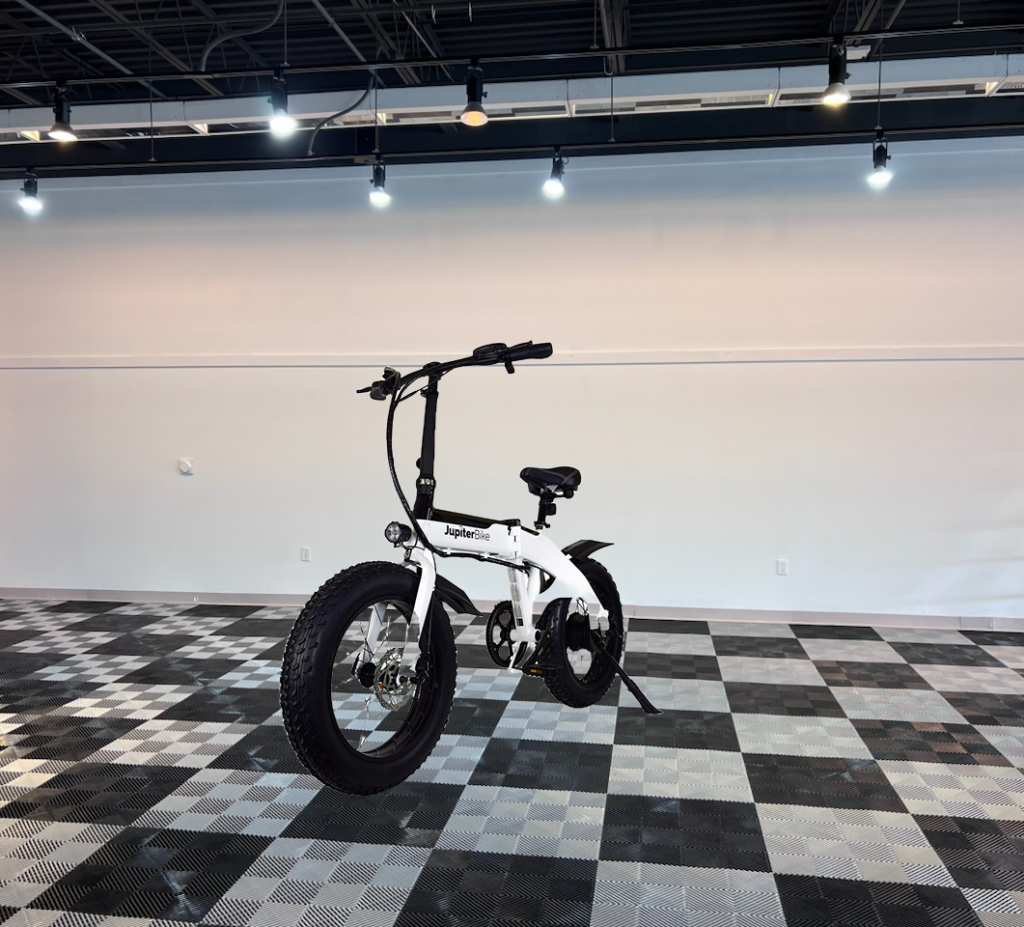
What Happens When E-Bikes Get Too Wet
When water enters the wrong places—such as the motor housing, controller, or battery contacts—it can cause problems. These may include short circuits, performance drops, flickering displays, or total system failure. Water that stays trapped inside can also lead to long-term corrosion, affecting both electrical and metal components.
However, during normal rides in the rain, damage is rare. Most sealed systems will resist water just fine if the bike is in good condition. Problems are more likely to show up when there are cracks in seals, worn connectors, or poorly installed accessories.
If your e-bike acts erratically after getting wet—such as random power cuts or lag in pedal-assist—it might need to dry out fully before it returns to normal. In more severe cases, moisture damage may require inspection and service. That’s why it’s smart to dry your bike and battery after each wet ride, even if everything appears to be working.

Rain Riding: Safe for the Bike, Smart for the Rider
While e-bikes can survive rain, the bigger risk during wet rides often comes from road conditions. Rain creates slippery surfaces, obscures visibility, and increases braking distances. These challenges are not unique to electric bikes, but the added weight of an e-bike makes caution even more important.
Riding slower in the rain improves control and safety. Wet roads reduce traction, so sudden turns or stops are more dangerous. E-bikes often weigh twice as much as regular bikes, which means they take longer to stop. Keeping a safe following distance and applying brakes gently can make a major difference.
Visibility also matters. Rain tends to dull ambient light and make riders harder to see. If your bike doesn’t include built-in lighting, consider using a set of rechargeable lights rated for all-weather use. For maximum safety, choose options that perform well in fog or mist. Reflective clothing and brighter gear also help drivers spot you sooner.
Tire choice plays a role too. Tires with deeper treads and slightly lower pressure tend to grip wet pavement better. If you ride in rainy areas regularly, investing in rain-ready tires can make your rides smoother and safer.
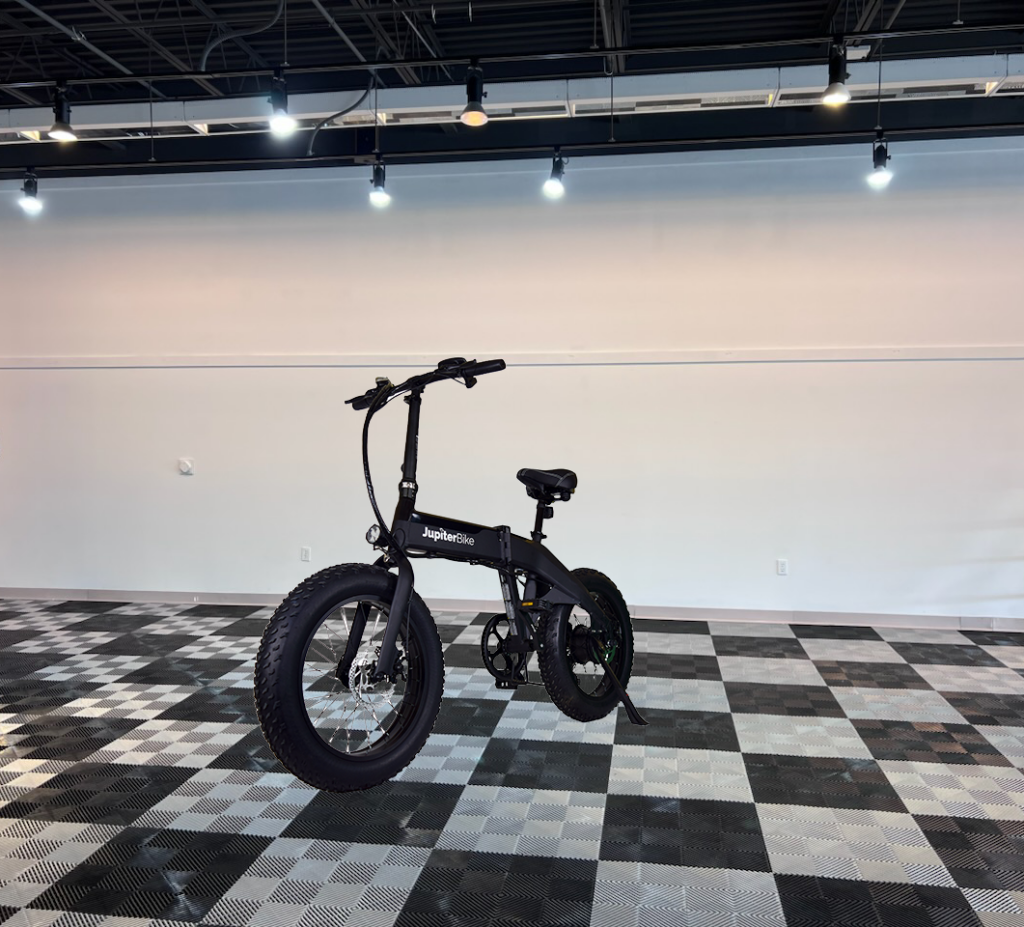
Caring for Your E-Bike After Rain Exposure
Once your wet ride is over, giving your e-bike a quick wipe-down helps protect its frame and electronics. Moisture on metal parts can lead to rust over time, especially around bolts, chains, and braking systems. Use a soft cloth to dry the frame, handlebars, display screen, and any exposed wiring.
If your battery is removable, take it off and inspect the terminals. Even though most batteries are housed in water-resistant casings, drying the contacts before recharging is a good habit. Never plug in a charger if the battery or ports are wet. Charging while moisture is present can lead to short circuits or damage to the battery management system.
Storing your bike in a covered, dry area—like a garage, carport, or dedicated bike shed—adds years to its lifespan. If you store your e-bike outdoors, use a breathable, waterproof bike cover to keep moisture off while preventing condensation from forming underneath. Avoid wrapping the bike tightly in plastic or tarps, which can trap humidity and accelerate corrosion.
If you’re ever unsure about your e-bike’s weather handling capabilities, check the user manual or product page. Most reputable manufacturers offer guidance on moisture exposure. For comparison, even Tesla, which builds electric cars designed for the outdoors, cautions against driving through flooded roads due to the long-term effects water can have on electronics (source).
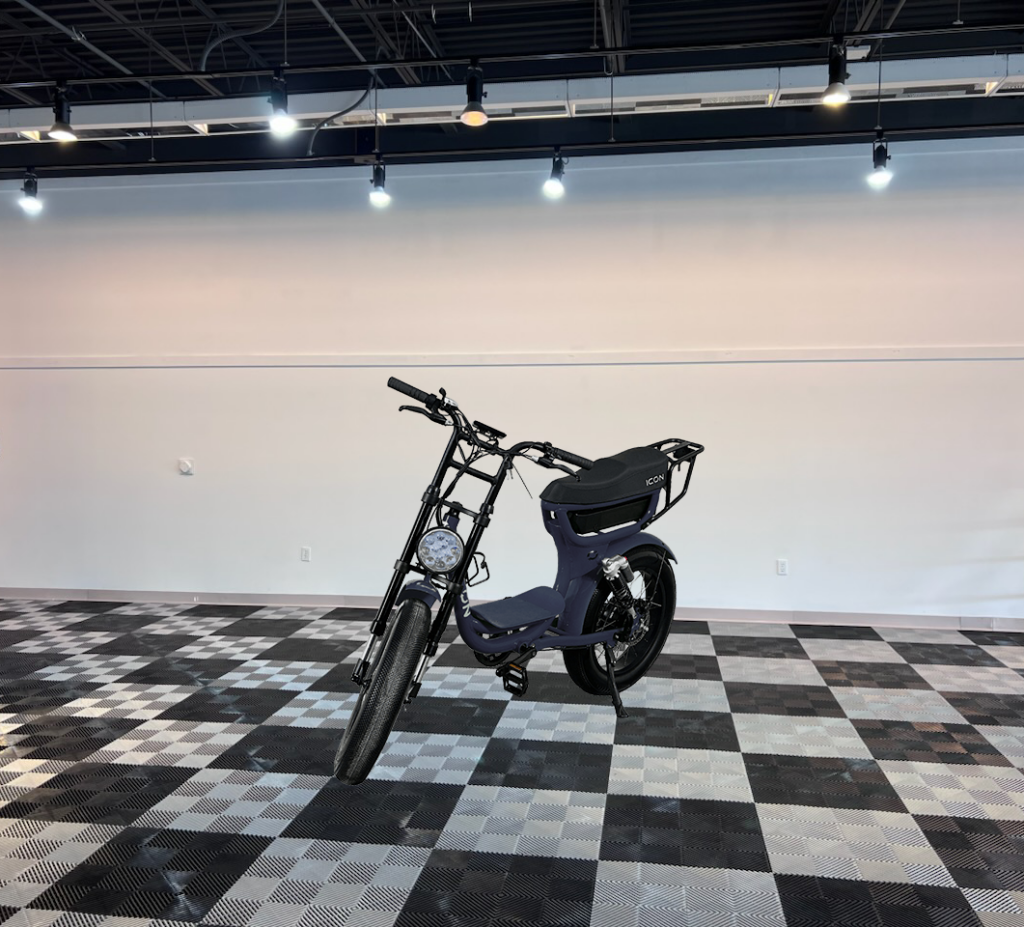
Things to Avoid When Your E-Bike Is Wet
There are a few actions that can quickly lead to problems, even if your e-bike handles regular rain well. Using a pressure washer to clean your bike is one of them. High-pressure sprays can force water into sealed areas and break the integrity of protective covers. Stick to gentle rinses and soft sponges for cleaning.
Another risk comes from leaving the bike in standing water. Even a few inches of water around the motor or battery housing can be problematic if the bike sits in it too long. Prolonged exposure, especially in muddy or salty water, increases the chance of corrosion or internal damage.
If your e-bike ever begins acting strangely after a wet ride—such as inconsistent pedal assist, flashing displays, or startup delays—resist the temptation to power through. Park it in a dry area and give it time to dry completely before using it again. Turning it on while components are still damp may make things worse.
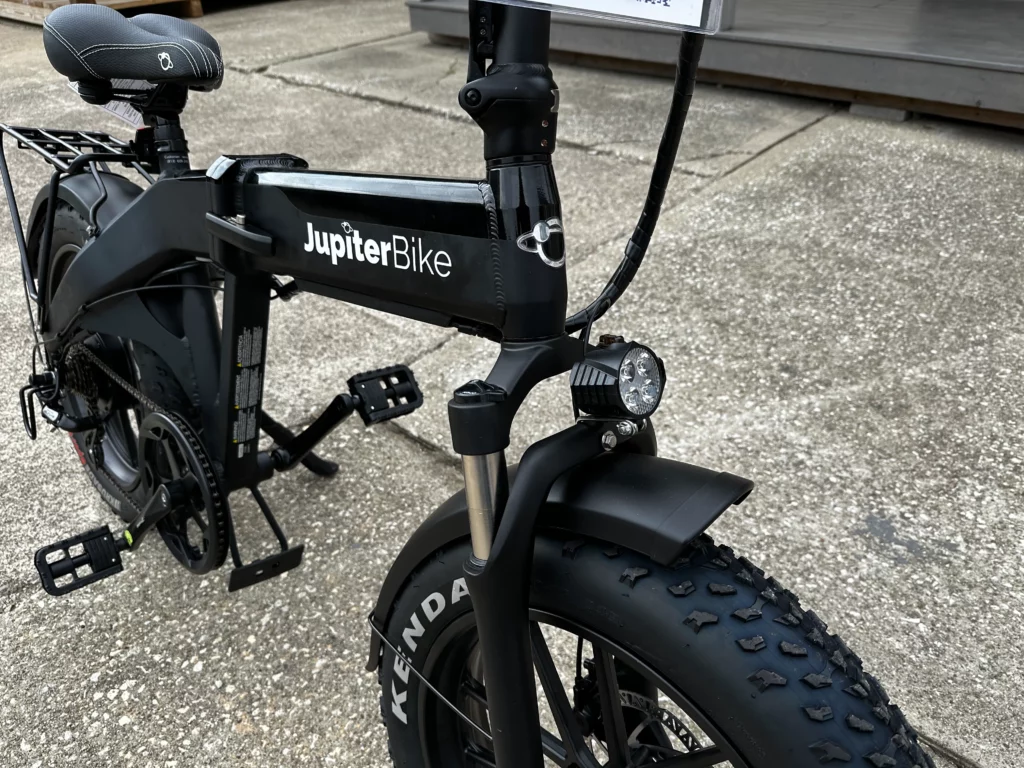
Conclusion: E-Bikes and Water Can Mix—With Care
So, can an e-bike get wet? Absolutely. Most e-bikes on the market today are designed to withstand typical rain, wet roads, and occasional splashes. Their critical components are built with water resistance in mind, making it safe to ride in less-than-ideal weather conditions.
However, understanding the limits of that water resistance is essential. E-bikes are not waterproof. They are not built to be submerged or blasted with high-pressure water. Knowing how to care for your bike before, during, and after wet rides can make the difference between years of reliable service and an early trip to the repair shop.
Smart riding habits—like reducing speed on wet roads, using proper lighting, and wiping your bike dry—add up over time. Storing your bike indoors or under a cover further protects your investment.
At Hartville Golf Carts check out e-bike, we’re here to help you navigate every part of the electric riding experience. From choosing weather-ready models to keeping your battery safe in the rain, we make sure you’re equipped for any road and every forecast.


